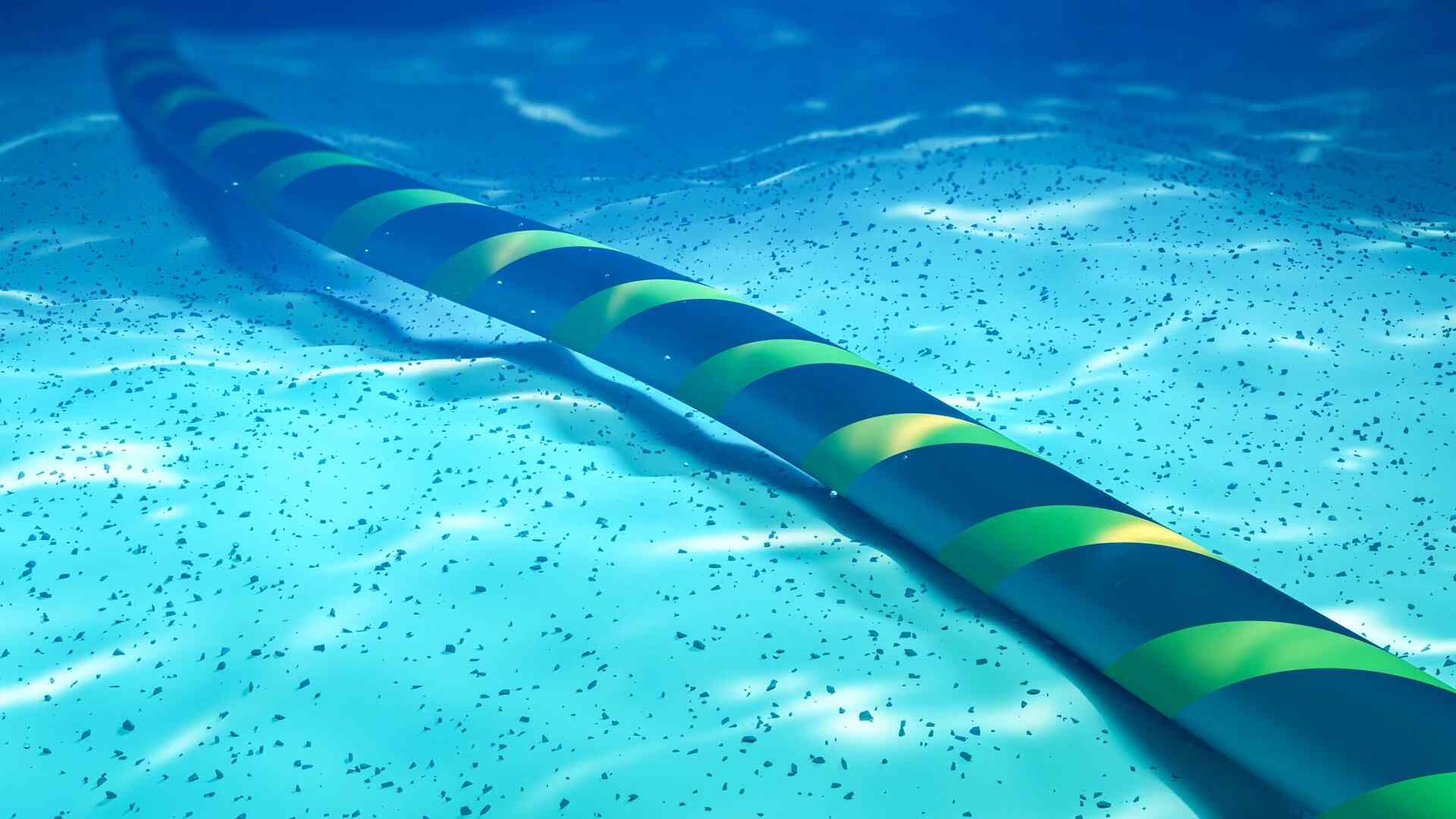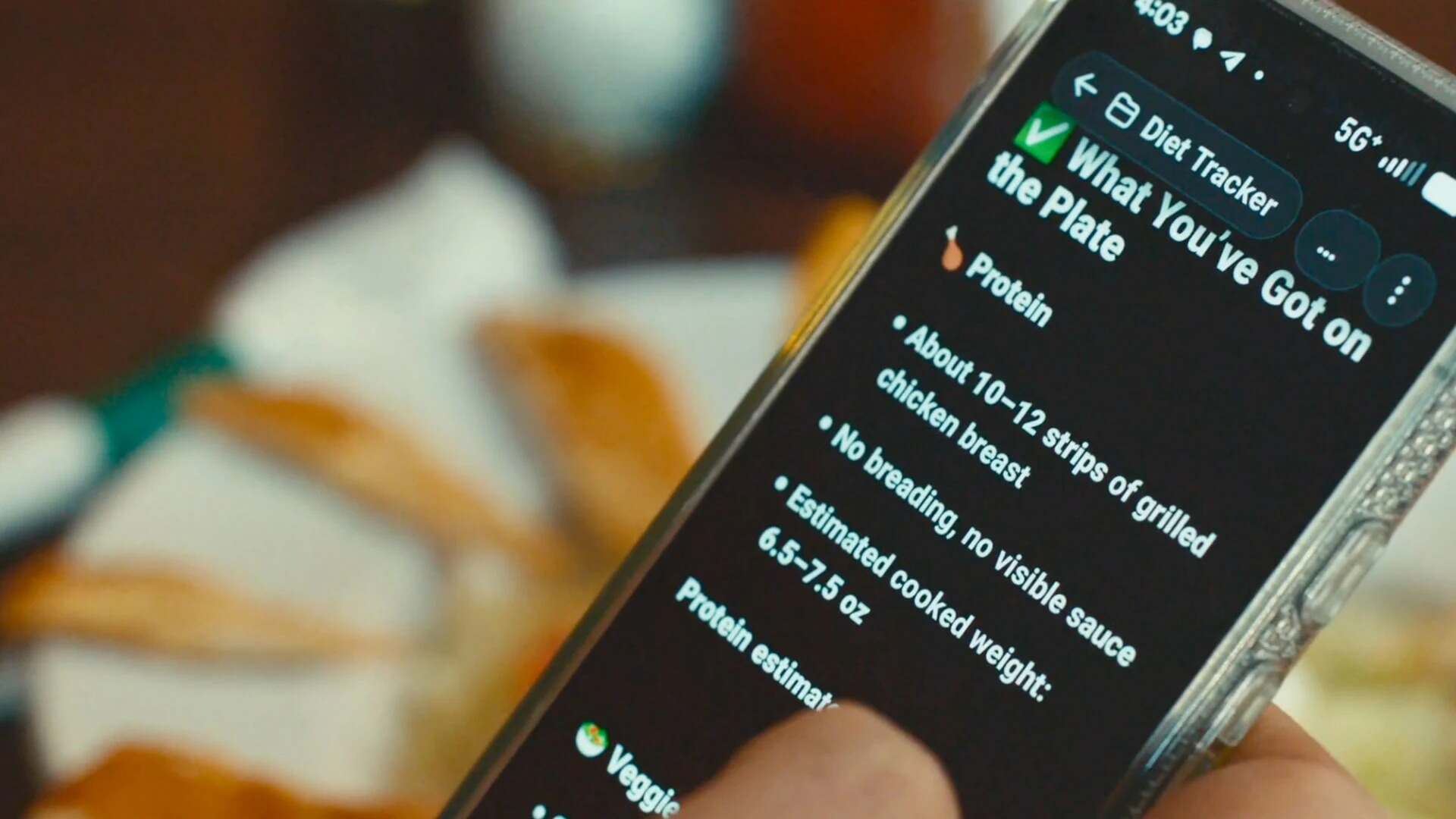- | 9:00 am
The Red Sea cable cuts expose the internet’s weak spot
As outages ripple across Africa, Asia, and the Middle East, can satellites like Starlink fill the gaps left by broken undersea cables?

Always-on internet connections have become as essential as running water, heat, and power. But a massive outage affecting Africa, Asia, and the Middle East in recent days underscores the fragility of the infrastructure that keeps us online. Some 15 subsea cables run through the Bab el-Mandeb Strait in the Red Sea, and four were reportedly severed, significantly disrupting internet traffic.
Hundreds of subsea cables lie on the sea floor, carrying nearly all global internet traffic (an estimated 99%). “We had cuts in the Red Sea last year, and now we’re in the same boat again, so to speak,” says Doug Madory, director of internet analysis at Kentik. When capacity is lost, providers must reroute traffic to the remaining links, creating latency and reliability issues.
The continent-affecting internet outages, which are likely to persist because of issues accessing the area affected, have led to a renewed debate about the reliability of subsea cables—and whether there are alternatives, such as satellite-based links provided by the likes of Starlink.
Although past cable outages have sometimes been deliberate, this one is widely believed to be accidental. “The Red Sea is a kind of problematic area because you have all the maritime traffic coming through the Suez Canal, and they’re waiting their turn to get to the Suez,” Madory explains. “They have to drop an anchor while they’re waiting, and when you have a lot of ships dropping a lot of anchors in shallow water, it’s just a recipe for disaster.”
Cable cuts are often repaired quickly, but this case is more complicated because of its location off the coast of Yemen, where conflict involving the Houthis slows repair efforts. With as many as 200 incidents reported annually, the frequency of disruptions is prompting renewed interest in alternatives.
One option is satellite internet, such as Starlink, which Ukraine has relied on to avoid Russian sabotage of cables. Other competitors—including Project Kuiper and Eutelsat OneWeb—are also expanding rapidly, according to a new report by equity research firm MoffettNathanson.
Starlink has already amassed more than six million subscribers across countries around the world, and in regions like sub-Saharan Africa, it has become an important backstop when terrestrial connectivity fails. The theory is that outages such as the Red Sea cuts could speed up adoption in markets where consumers and businesses are willing to pay a premium for resilience. However, the service remains expensive—kits cost several hundred dollars and monthly fees run higher than many local providers—putting its reach beyond mass consumer adoption in lower-income areas.
Still, satellites can’t yet compete with fiber optics. “Starlink, or any satellite service, is just not going to be able to re-create the capacity that you get on a fiber optic cable,” Madory says. Subsea cables can carry three petabits of data per second, compared with 150 terabits via satellites. That gap may narrow—planned launches over the next three years could boost satellite capacity to 800 terabits a second—but for now, subsea cables remain the backbone of the global internet.







































